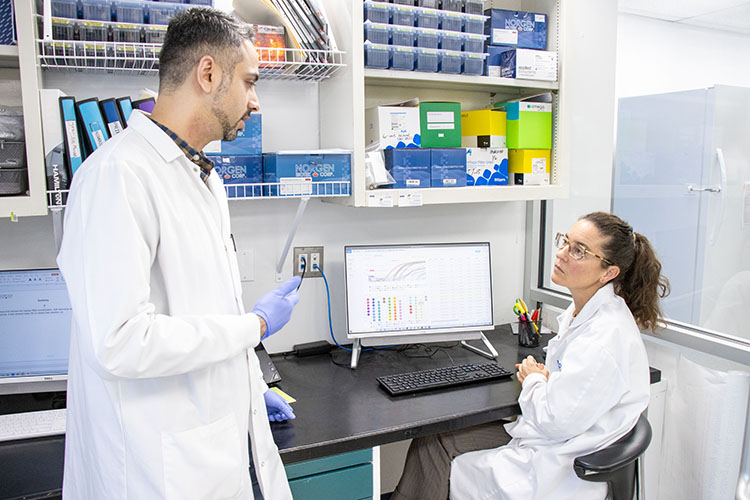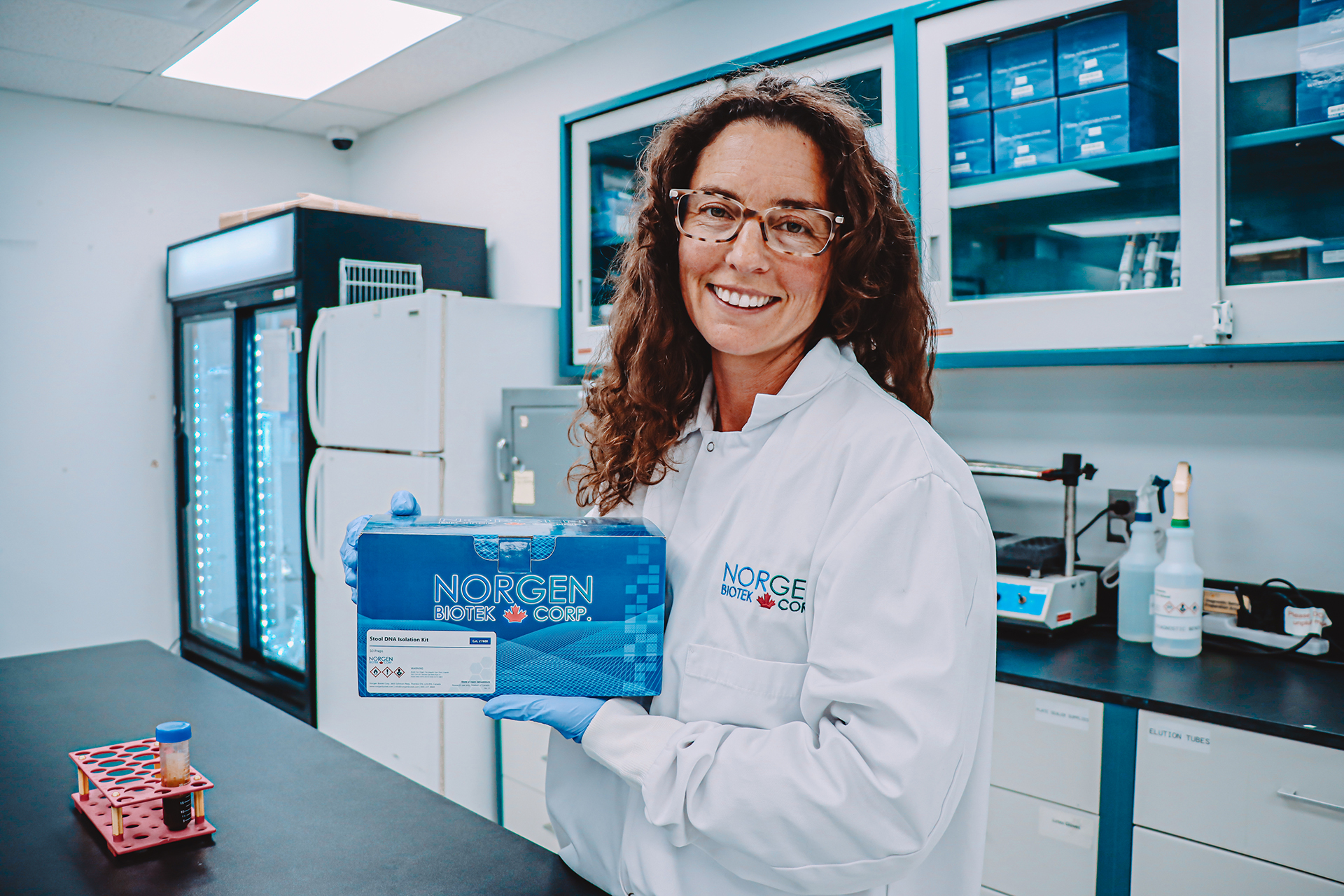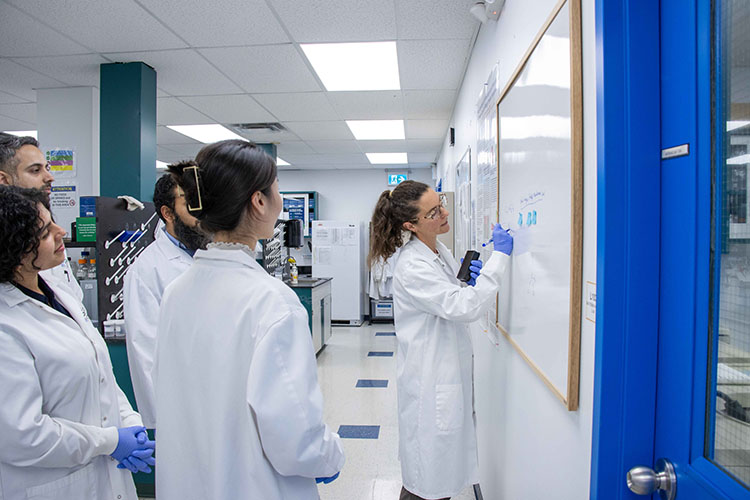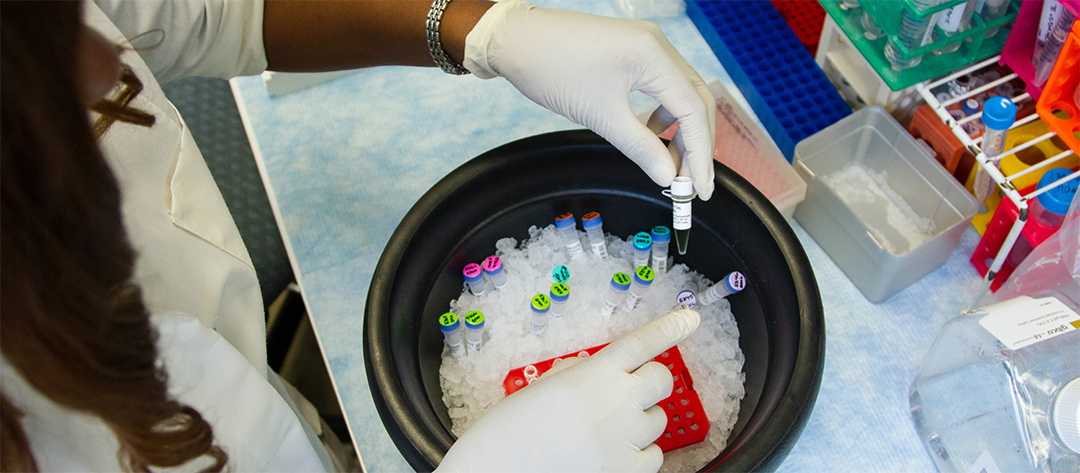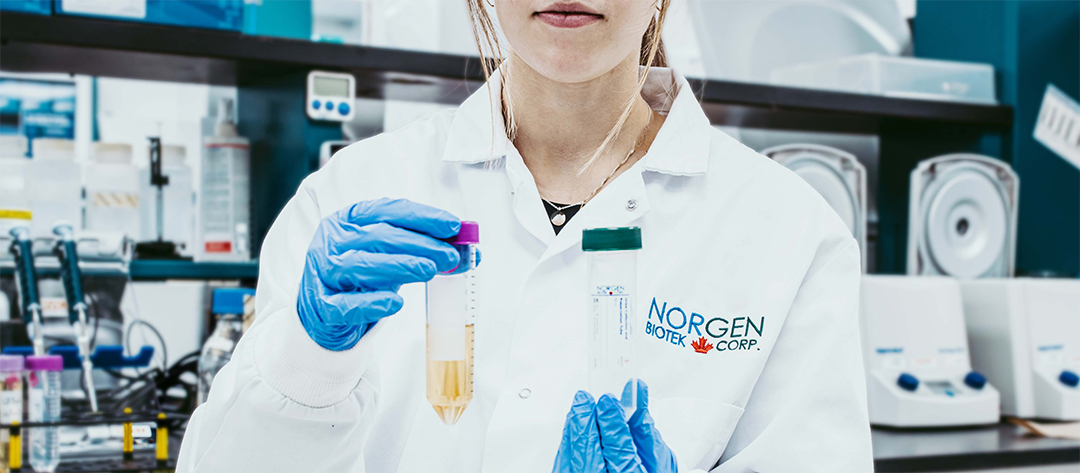Multilocus sequence typing (MLST) is considered the gold standard method for population analyses of bacteria, fungi, and protists.1 MLST involves the systematic sequencing of established housekeeping…
As researchers and clinicians delve into the gut with a multi-omics approach, multiple aspects of the gut microbiome are considered. For example, the microbial genome, transcriptome, and metabolites…
Isaac Newton famously said, “If I have seen further it is by standing on the shoulders of giants.” However, what if said giants weren't looking in the right direction? According to a recent…
You are finally ready to start a new experiment with plasma or serum – congratulations! But what kind of data should you be expecting? Your results might surprise you, especially if you work with…
For the past several years, there has been evolving evidence that alteration in gene expression of microRNAs (miRNAs) is associated with several diseases, including human malignancies such as…
Containing trillions of microorganisms such as bacteria, viruses, and fungi,
the gut microbiome contains the largest population of microbes in the human
body.1 Governing such a vast community…
Exosomes have become a hot topic lately in the field of molecular medicine. In 2020, a group of scientists from Mexico became the first to discover placental exosomes in the urine of patients…
In this blog, you are going to learn about different viable sample types for the detection of SARS-CoV-2 in infected individuals.
This blog includes data collected from real life experiments using…
Cell-free DNA (cfDNA) refers to all circulating DNA present in the bloodstream which may originate from apoptotic cells as a part of the natural cell turnover, from cancer cells or fetal cells. A…

